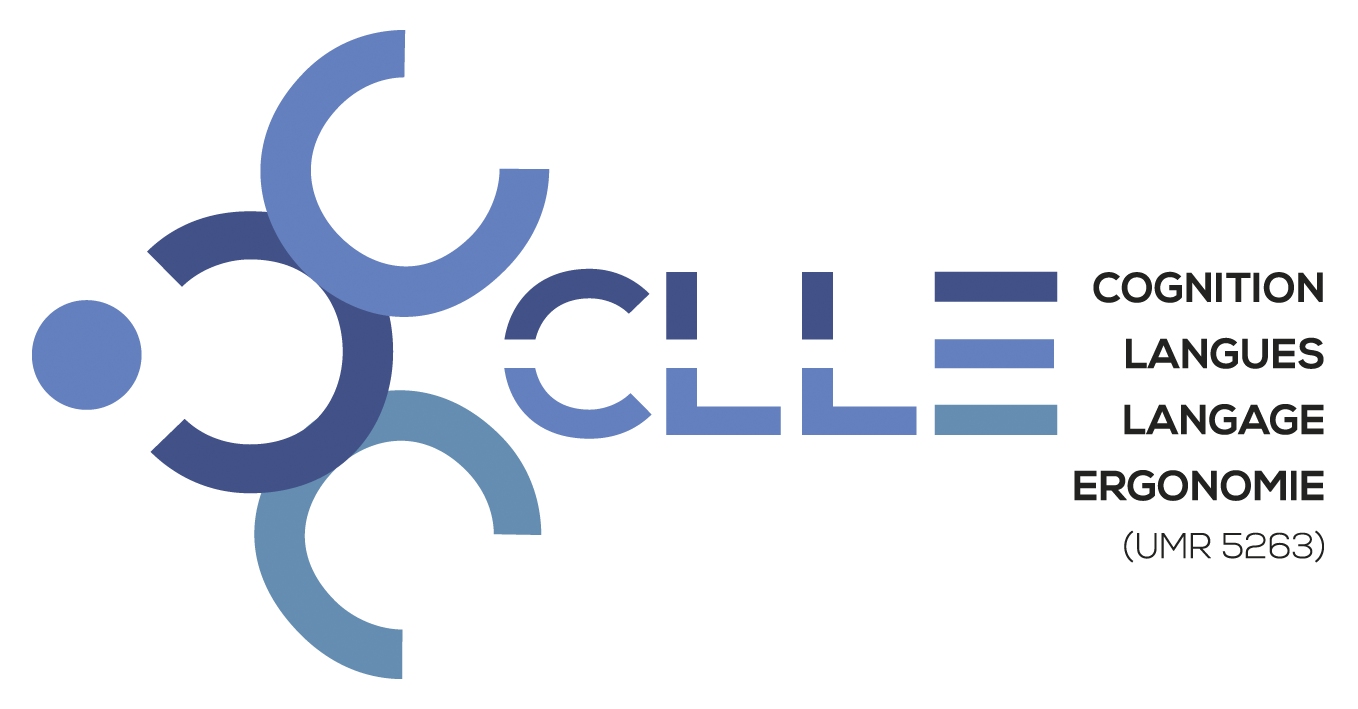-
Partager cette page
Fractal in Body and Mind
Publié le 5 avril 2022 – Mis à jour le 11 avril 2022
le 8 avril 2022 10h00 - 12h00 : salle à préciser
John G. Holden, Center for Cognition, Action, and Perception - Department of Psychology, University of Cincinnati
Response time, the elapsed time in a laboratory experiment between the presentation of a signal to respond and an action that stops the clock is among the oldest and most widely used ways to measure cognitive performance. The response times from these basic cognitive acts provide a wealth of information that inform scientists about the principles governing cognitive activity. Self-similar, or fractal variability was recently identified in the successive response time measurements, as a person repeatedly engages in series of similar cognitive acts. These patterns are symptomatic of coordination and self-organization across a wide range of time scales.
Elementary cognitive tasks, such as simple reaction time, word naming, and lexical decision are used to test research hypotheses motivated by complex systems theory. This research offers insights into both the acquisition and impairments of skilled cognitive activities, such as reading. More generally, it informs scientists about how the human body, nervous system, and mind coordinate the myriad processes that support and constrain human thought and action.
Elementary cognitive tasks, such as simple reaction time, word naming, and lexical decision are used to test research hypotheses motivated by complex systems theory. This research offers insights into both the acquisition and impairments of skilled cognitive activities, such as reading. More generally, it informs scientists about how the human body, nervous system, and mind coordinate the myriad processes that support and constrain human thought and action.
- Accueil
- Présentation
-





